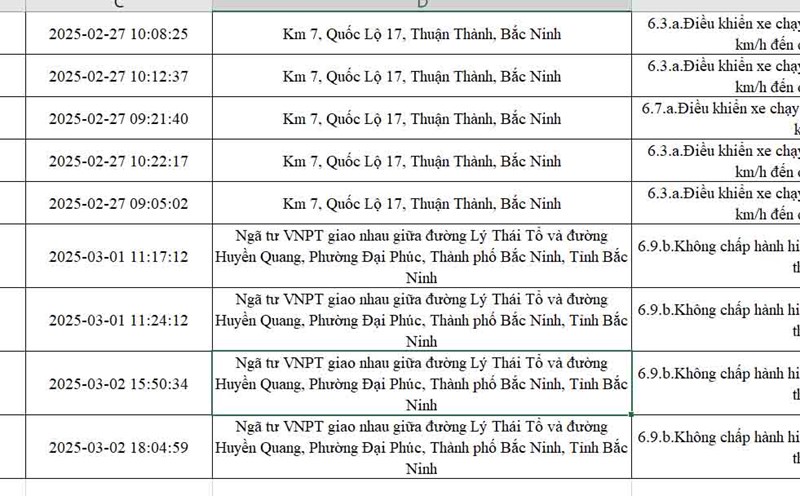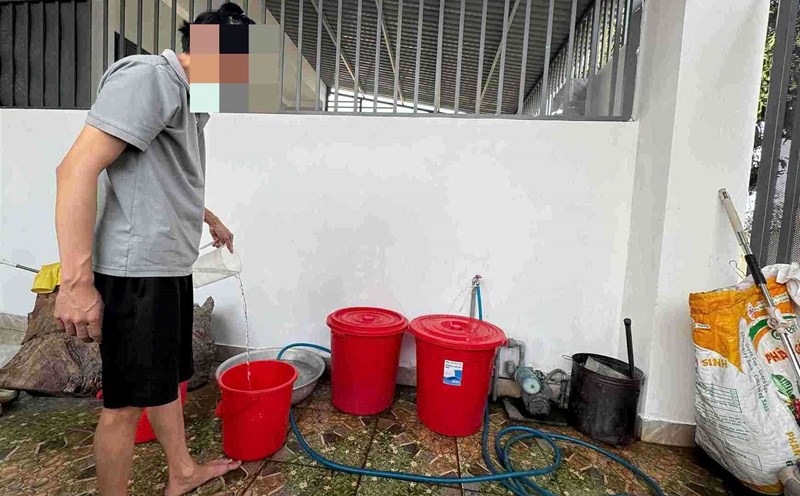After a long journey, there is a possibility of wear and tear and potential problems, so take the following inspections to maintain the safety and performance of the vehicle.
1. Check tires
Tire pressure: Check and adjust tire pressure according to the manufacturer's recommendation.
Tire condition: Check the tire for signs of wear, tear, holes or swelling.
Note about potholes: The potholes can cause tire damage that you cant see unless you remove the wheel.
2. Check fluid levels
Make sure that the engine oil, coolant, brake fluid and windshield washing water are all adequate.
Check for signs of leakage or loss of fluid.
3. Check the battery
Check the battery status to ensure it has good charging capability.
Check the battery and generator for any potential problems.
4. Check the braking system
Listen to a broken noise: If there is a strange squeeze or an uncertain braking feeling, the brakes may be worn or there is a problem.
Check the brake oil: Make sure the brake oil level is adequate and there are no signs of leakage.
Check the brakes professionally: If there is unusual noise or vibration when braking, ask an engineer to check.
5. Check the lighting
Check all lights, including headlights, taillights, brake lights and turn signals, to ensure they operate normally.
6. Check the engine
Engine oil: Check engine oil levels and oil quality. If the oil is black or has dirty residue, replace it.
Other parts: Check the cords, pipes, and engine parts for oil or liquid leakage.
7. Check for strange scents in the car
If you detect a burning smell of gasoline, oil or rubber, it may be a sign of an incident that needs to be checked immediately.
8. Car parking
Wash your vehicle thoroughly to remove salt, dirt or insects accumulated throughout the trip.
Squeeze inside the vehicle to remove any debris or fluid that has fallen out.
Taking these checks will help you maintain a good condition for your vehicle and protect your safety and those around you on further trips.











